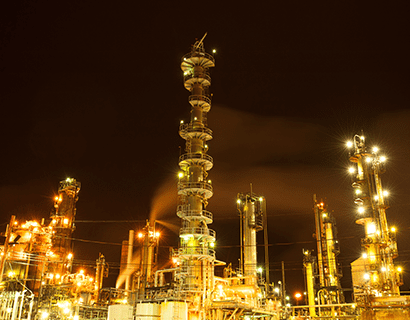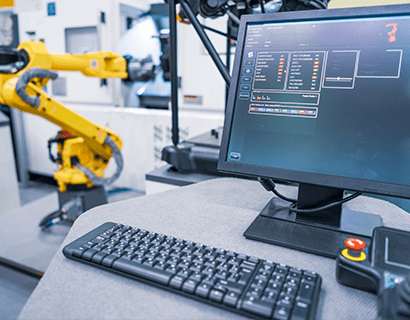Time-of-Flight Diffraction
Creating detailed images of internal structures
A versatile non-destructive testing method, identifying issues in internal structures using ultrasonic waves. The #thinkNDTi team are on hand with engineers across the U.k. ready to tackle your projects.
What is Time-of-Flight Diffraction?
Time-of-Flight Diffraction (TOFD) inspection is a non-destructive testing method that utilises ultrasonic waves to create detailed images of the internal structure of materials and welds. It relies on the principle of ultrasonic diffraction, which involves the interaction of sound waves with defects or boundaries within the material. By measuring the time it takes for ultrasonic waves to travel through the material and be diffracted by any flaws, TOFD produces high-resolution images that reveal the size, location, and orientation of defects.
Applications across Industries.
Want a chat?
Take me back
The TOFD Inspection Procedure
Preparation: The inspection area is prepared by cleaning the surface of the material to remove contaminants, ensuring optimal conditions for testing.
Probe Configuration: Specialised ultrasonic transducers or probes are selected and configured to emit ultrasonic waves into the material. Typically, one probe emits waves, while another receives them.
Wave Emission: Ultrasonic waves are emitted into the material from the source probe. These waves propagate through the material and interact with any defects or boundaries.
Diffraction Analysis: As the ultrasonic waves encounter defects, they are diffracted, causing a secondary wave to be emitted. The time it takes for this secondary wave to reach the receiving probe is measured.

Data Acquisition: The time-of-flight data, along with the geometry of the probes and material properties, are collected and processed.
Image Reconstruction: Specialised software is used to reconstruct images of the internal structure of the material. These images display the size, location, and orientation of any defects.
Assessment: The findings are assessed to determine the nature and severity of defects, ensuring compliance with industry standards and specifications.
Reporting: Inspection findings, along with images, data records, or graphical representations, are documented in a comprehensive report. This report serves as a record for quality control, maintenance planning, and regulatory compliance.

Advantages of TOFD Inspection
High Sensitivity: It is highly sensitive to both surface and subsurface defects, enabling the detection of small flaws.
Accurate Depth Measurement: TOFD provides accurate depth sizing of defects, distinguishing between surface-breaking and subsurface flaws.
Non-Destructive: It is a non-destructive testing method, preserving the integrity of the inspected materials.
High-Resolution Imaging: TOFD produces high-resolution images that offer detailed information about the size, location, and orientation of defects.
Versatility: It can be adapted to inspect a wide range of materials, including metals, composites, and more.

